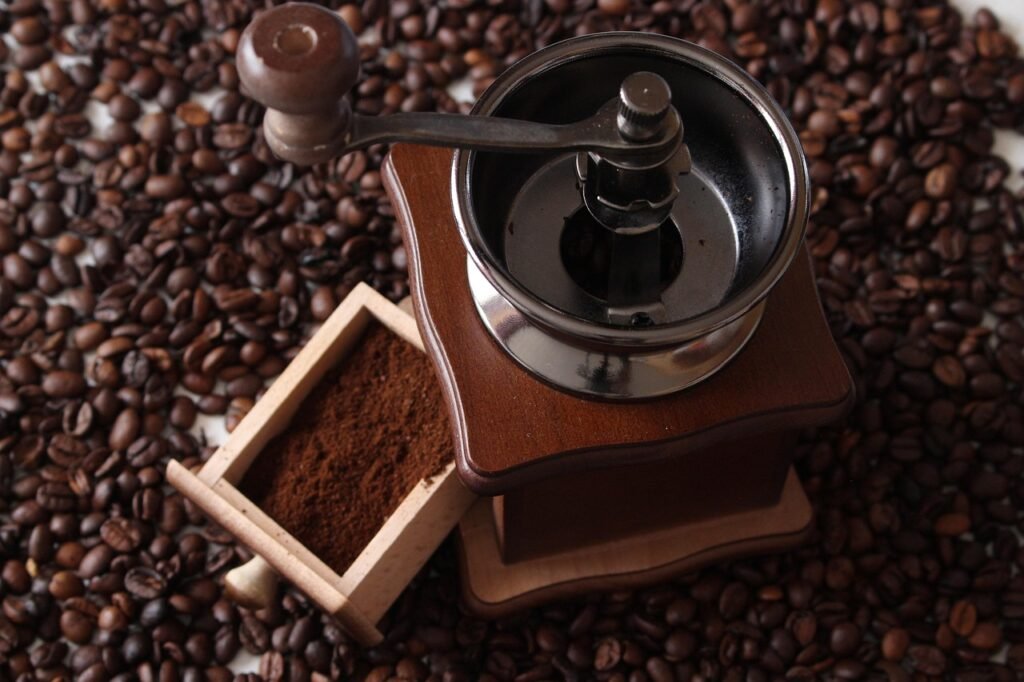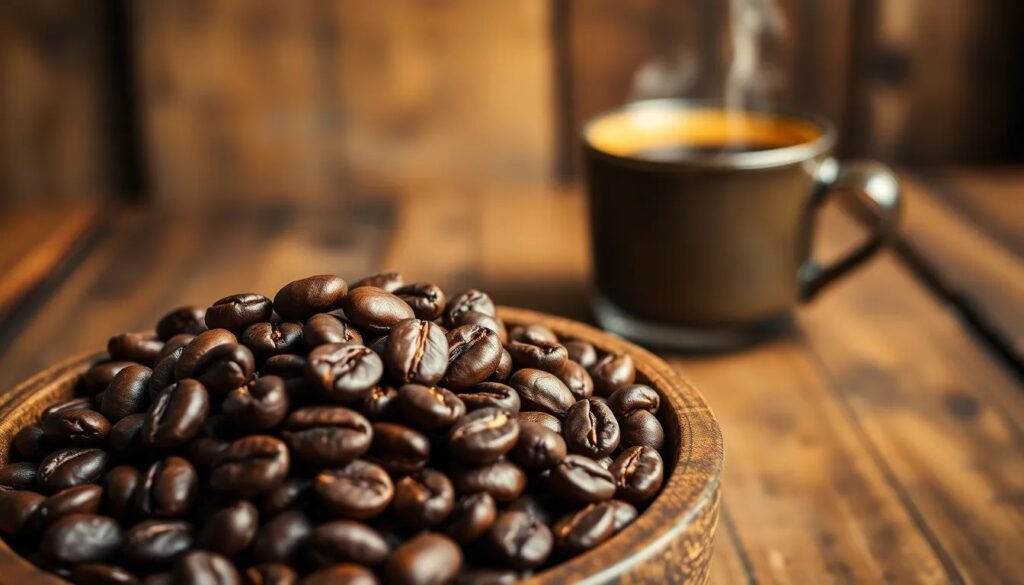
Artisanal Rituals for a Memorable Customer Experience
How can brands create a more balanced and memorable customer experience by blending artisanal product quality with thoughtful everyday rituals that keep people coming back?

The perfect coffee brewing temperature is a lot like the story of Goldilocks. Little unsupervised girl takes a walk and somehow ends up in the home of some incredibly civilized friend-shaped apex predators. In said house, the bears have somehow evolved far enough to know how to cook porridge. Papa bear is probably half dragon because he likes his smoking hot; momma bear is probably insane because she likes hers cold, and baby bear apparently has the same taste buds as our blonde protagonist.
Kind of like how Goldilocks had to find the meal that was “just right”, coffee beans are also particular with their temperatures. From the plants that produce the beans to the beans being brewed, there’s a sweet spot that will give you the best drink. Understanding this perfect temperature is important for both casual coffee drinkers and caffeine aficionados if they want to take their brewing to the next level.
The optimal brewing temperature is a precise 205 degrees Fahrenheit or 96 degrees Celsius. Stray too far from this, and no bean can fully express its flavor.

The main point of this article is to emphasize the fact that temperature is a key player when it comes to brewing that perfect cup of Joe. You can have the best whole bean coffee and that would mean nothing if you end up putting them in water that’s either too cold or too hot. To be more specific, the perfect temperature would be 195 to 205 degrees Fahrenheit.
To better appreciate how temperature comes into play, let’s put on our thinking caps and do some science. When your coffee grounds get introduced to water, a series of chemical reactions takes place. The hot water extracts all the necessary flavor compounds in a specific order: fats and acids, light aromatics, sugars, and finally the plant fibers. This whole process is called… well… extraction (no fancy science words here, sorry).
The flavor compounds can be more or less classified based on how they affect the taste and consistency of your brew. Fats and acids are sour and oily, the sugars are sweet and syrupy, then all the plant bits are bitter and thin.
The coffee extraction process doesn’t just happen instantly like a really strong sneeze. It’s like a dance that you have to put time into. But a fairly quick half minute dance, so maybe more like a Tiktok video. Once you’ve reached the right temperature, you have to keep it there while all the bits mentioned in the previous section get extracted.
You won’t get it exactly the same the first couple of times. You can experiment with your temperatures and beans with every attempt. Just make sure you record which temperatures created your favorite flavors and it’ll eventually turn into a relaxing morning ritual before you start your day.
Remember when we said that the extraction process follows a specific order? When your temperature is just right, you get the right flavors in your Joe. When the water is too cold, you don’t get to extract the sugars so what you get is more of the fats and acids, leading to sour and oily coffee (ew). When the water is too hot, you get too much of the plant fibers so you end up with thin and bitter coffee (also ew). An extra tidbit on over extraction, in addition to being bitter and dull, it’ll also make your mouth feel like you ate sand, just like a toddler in a sandbox!
Okay so you know how hot your water has to be, how long to brew your coffee, and what happens if you don’t do it right. It’s time we considered the most important factor in the whole brewing process: keeping the water warm. A really smart and important man named Isaac Newton not only discovered gravity because he got bonked by an apple; he also studied heat, and in those studies, he discovered that when you put a hot thing and a cold thing together, the hotter thing will cool down and the colder thing will heat up (more or less, ask your science teacher for a better explanation).
Unless you’re making cold brew, you’d want to make sure that your hot water is at the right level of heat. When you read most recipes and guides, keep in mind that when you heat up water to that level, adding your coffee grounds will COOL the water down, so before you add your grounds, heat your water up to almost boiling, so that once the coffee grounds hit the water, you’ll be at the coffee extraction sweet spot.
Brewing coffee is more than just running hot water through your coffee grounds. If you have a coffee maker, you probably won’t even think about how to go about the brewing process; but if you plan on doing it the old fashioned way, you need to get the science right.
The sweet spot is between 195 to 205 degrees fahrenheit. Remember that the extraction is a structured process that has a specific sequence of drawing out flavor compounds. The extracted flavor compounds contribute to both the taste and texture of your coffee. If the water is too cold, you’ll have oily sour coffee; if it’s too hot, you’ll have bitter and dry coffee.
Finally, remember that to make the best coffee, you’ll still need the best beans; and where else can you find these beans? Well they’re here in our Equipoise Coffee online store! Now go out there and make the Right Cup of coffee.
The optimal temperature for brewing coffee ranges from 195-205 degrees Fahrenheit, or 90-96 degrees Celsius. This temperature is where the flavor compounds are extracted to perfection.
If your water is too hot, you’ll end up over extracting from your coffee grounds, resulting in extra plant fibers that contribute to a bitter and thin cup of joe. Over extraction also leads to other compounds that can bind your saliva, thus drying out your mouth.
The extraction process takes around 30 seconds, so be sure to keep an eye on your brew as you make it. You wouldn’t want a sub-optimal cup of joe to start the day, yeah?
Yes, temperature significantly impacts the brewing process. Following the sequence of flavor compound extraction, brewing coffee in water that’s too cold will result in not even getting to extract the fruity compounds, and brewing the coffee beans in water that’s too hot will give you more plant matter than you’d like.
There are four main enemies of coffee freshness: oxygen, light, heat, and moisture. Storing coffee in an airtight, opaque container at room temperature can help to maintain its freshness. It’s best to consume it within a week of storage under these conditions.

How can brands create a more balanced and memorable customer experience by blending artisanal product quality with thoughtful everyday rituals that keep people coming back?

Independent coffee shops have always been about more than caffeine—they’re hubs of creativity, connection, and care. As café culture continues to evolve, new trends are

Introduction Independent cafes win when they feel like the neighborhood’s living room and operate with the discipline of a great kitchen. Below is a quick

Discover how top specialty coffee brands create lasting loyalty through storytelling, sourcing, and community connection. Real tips from 6 industry experts.

Discover the ultimate showdown between two beloved coffee brewing methods: the French press and Chemex. Explore how each technique caters to distinct palates, with the French press delivering bold flavors and the Chemex presenting a bright, clean taste.

Unlock the secrets to brewing the perfect cup of coffee with our comprehensive guide on using a coffee scale. Discover how precise measurements enhance flavor and consistency while eliminating bitterness.

Discover how water temperature plays a vital role in brewing the perfect cup of coffee. This article delves into the ideal temperature range of 195°F to 205°F for optimal flavor extraction, enhancing the enjoyment of high-quality beans.

Discover the world of curated specialty coffee bundles, perfect for enthusiasts seeking quality and craftsmanship. This article explores the benefits of ethically sourced, small-batch beans from brands like Equipoise Coffee, offering diverse flavor profiles that elevate your brewing experience.

Discover the art of manual brewing to elevate your coffee experience! This article explores various techniques like pour-over, French press, and AeroPress, revealing how they enhance flavor and your connection to every cup.